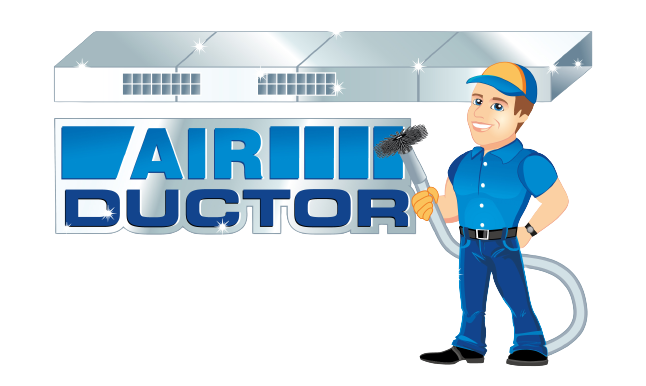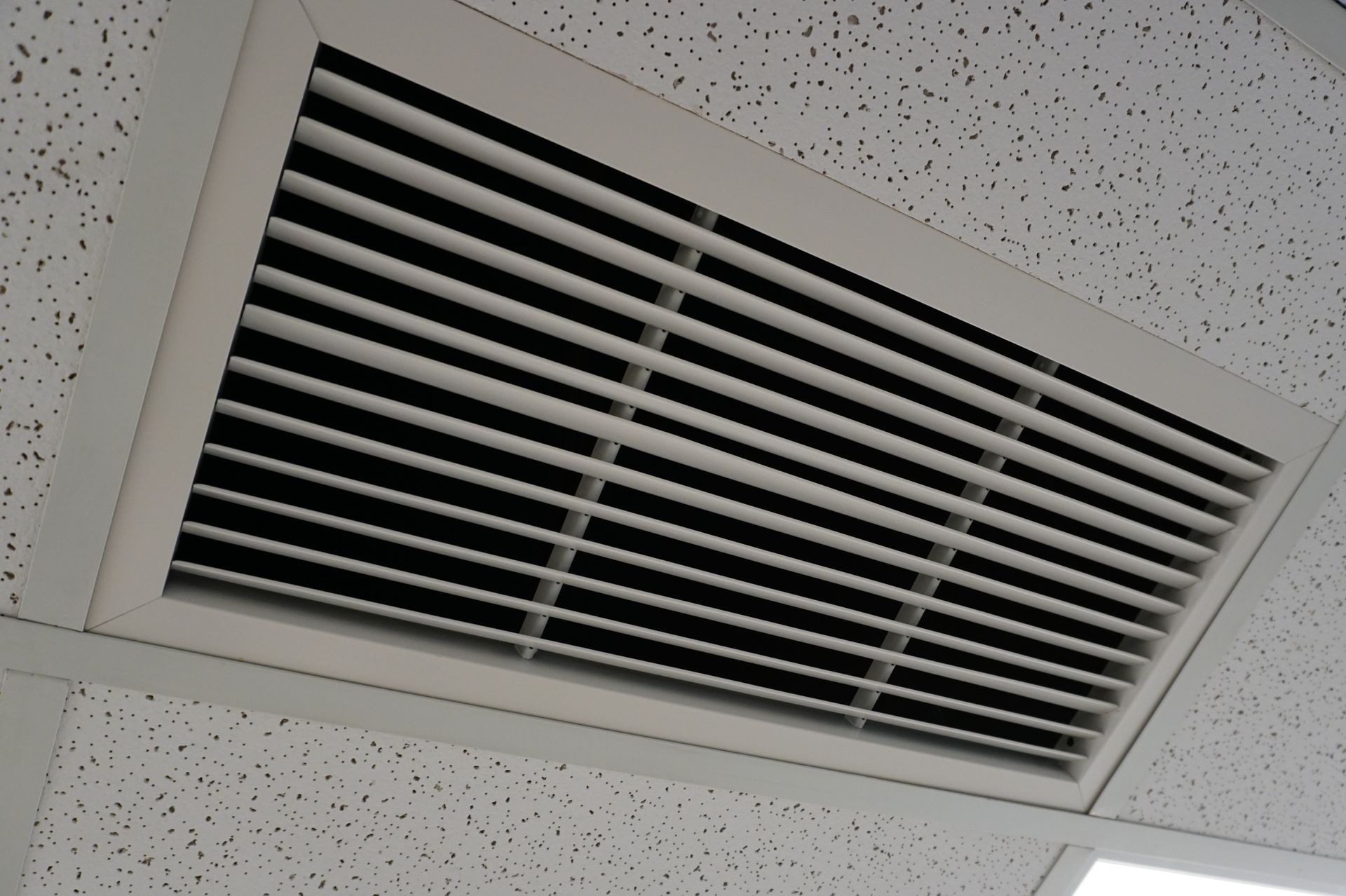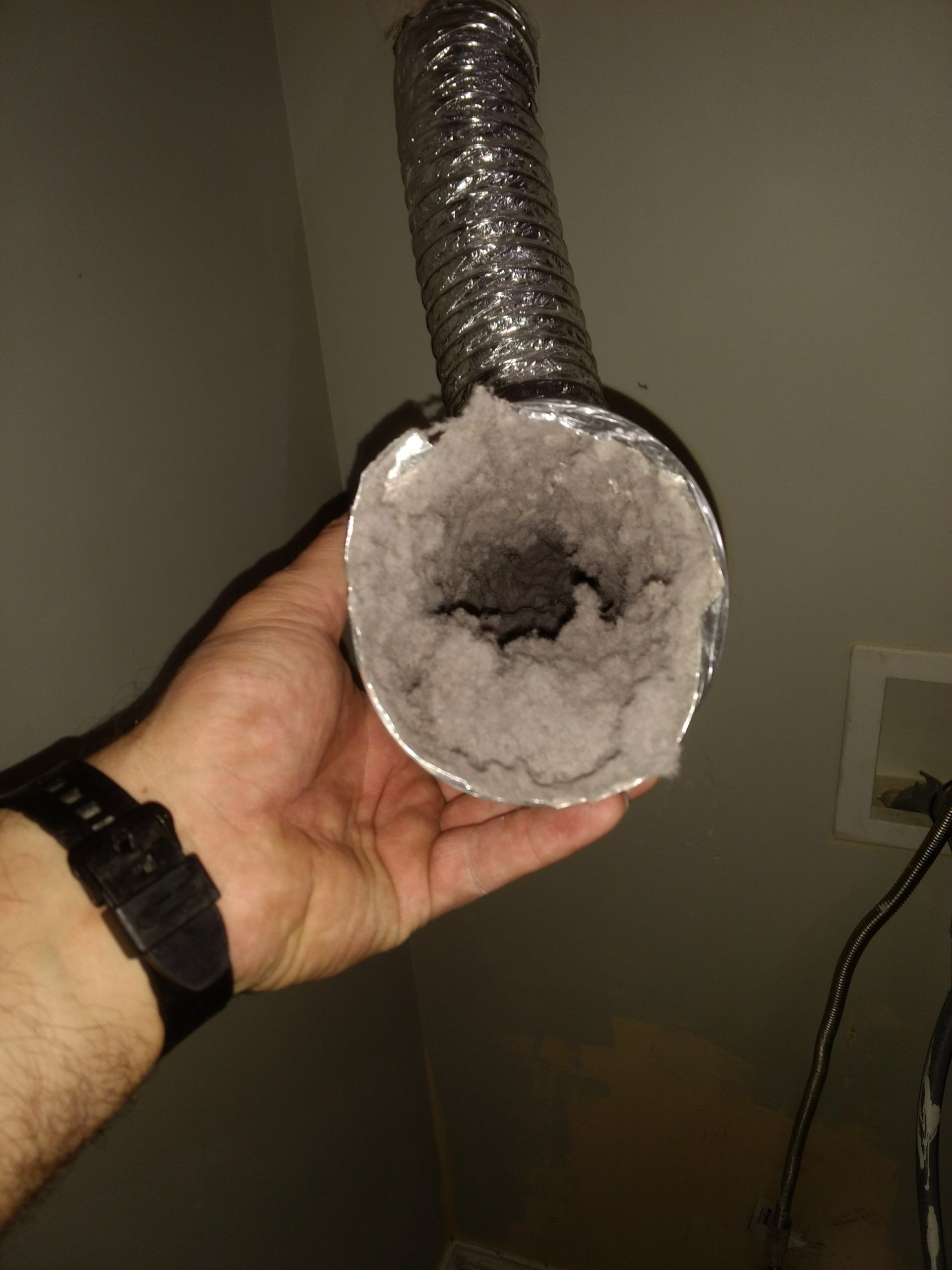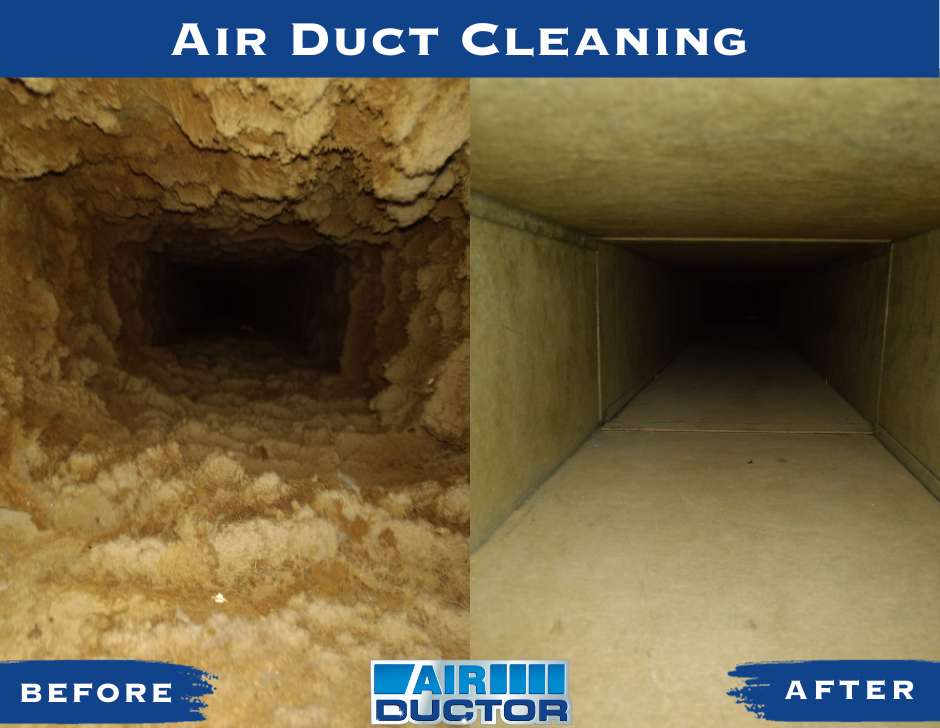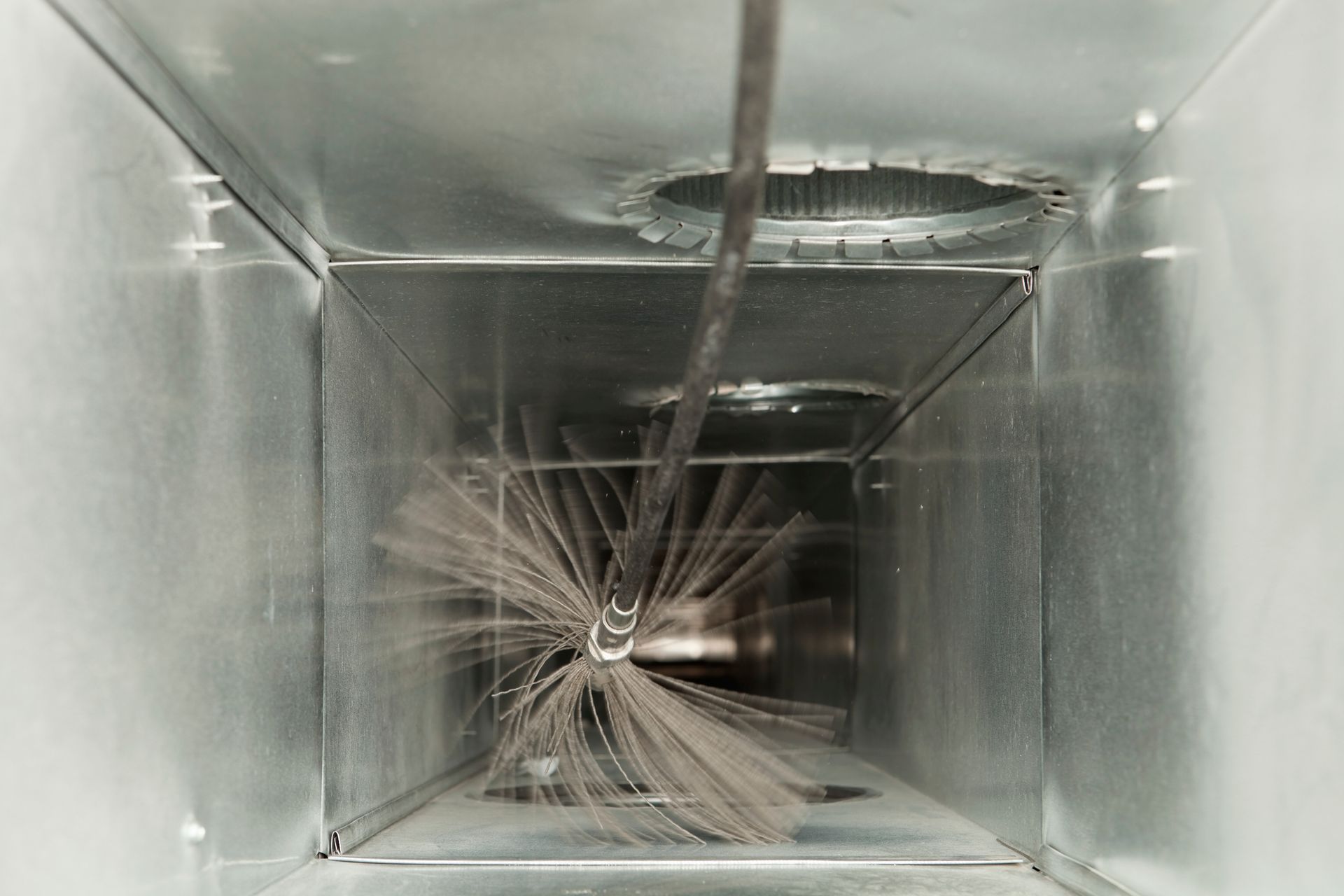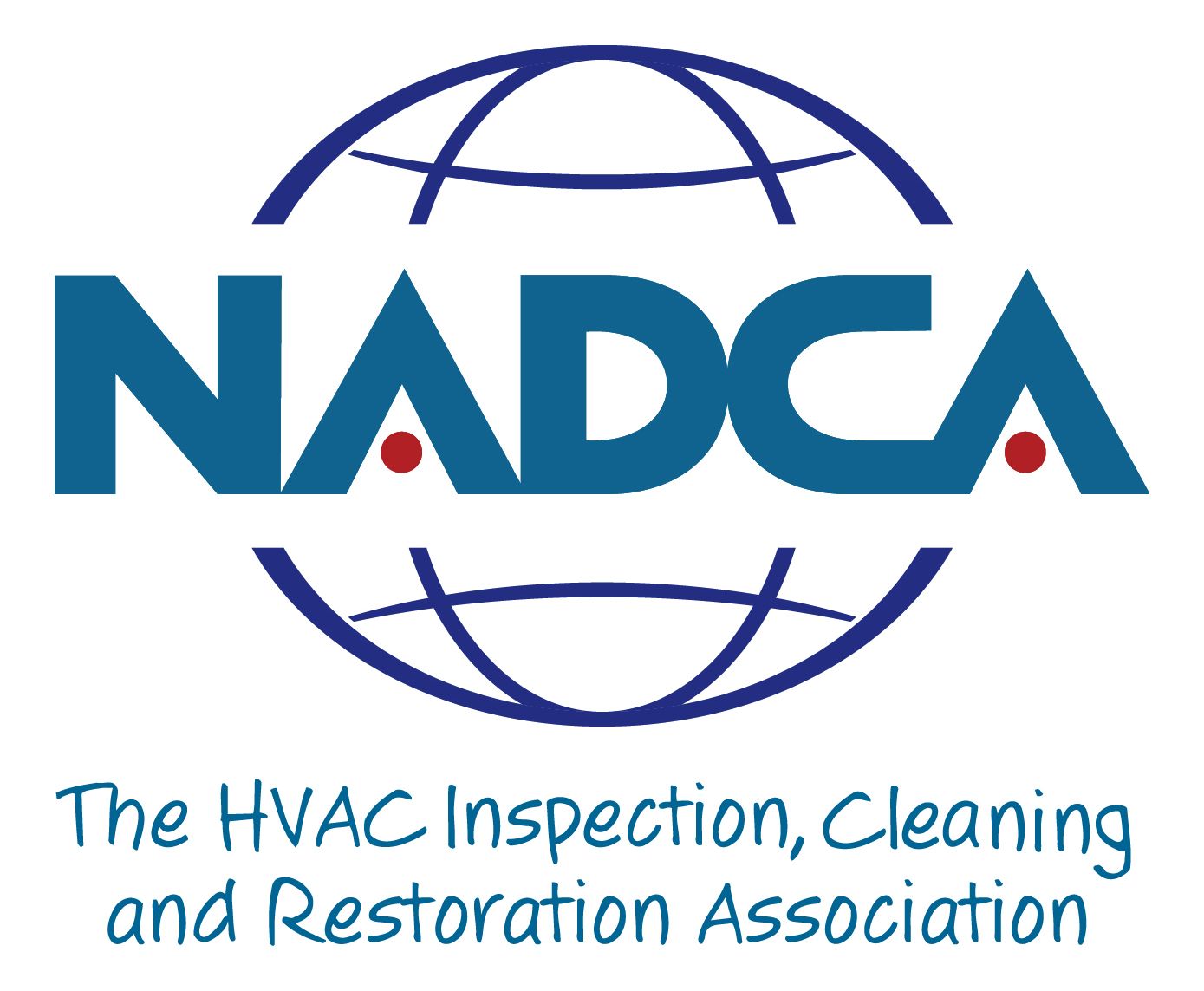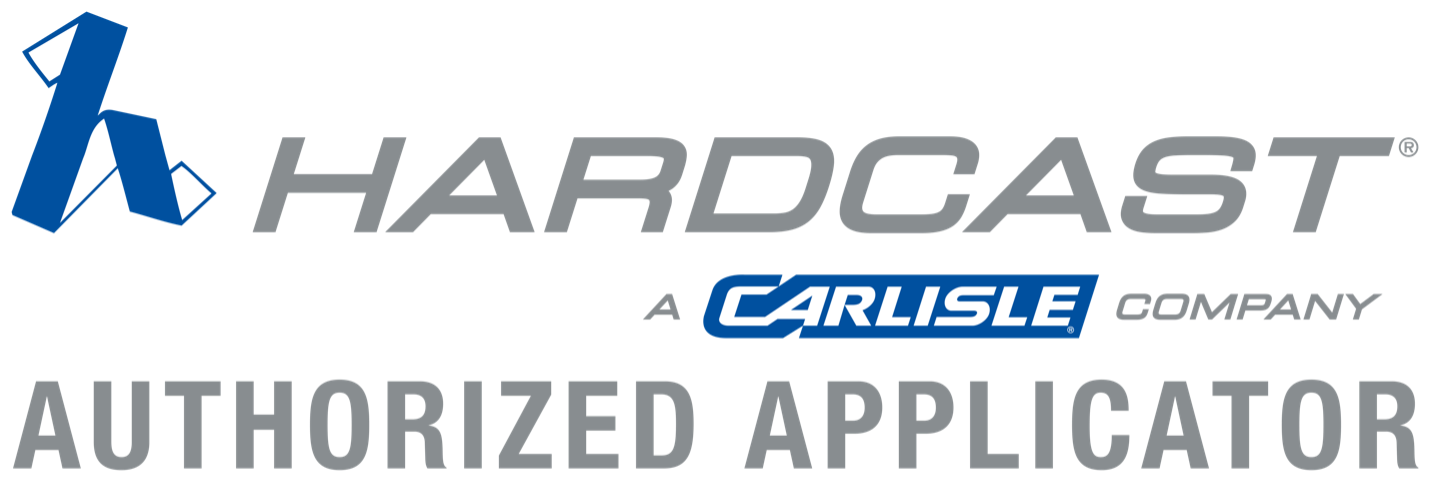Understanding Sick Building Syndrome and How Air Duct Cleaning Can Help.
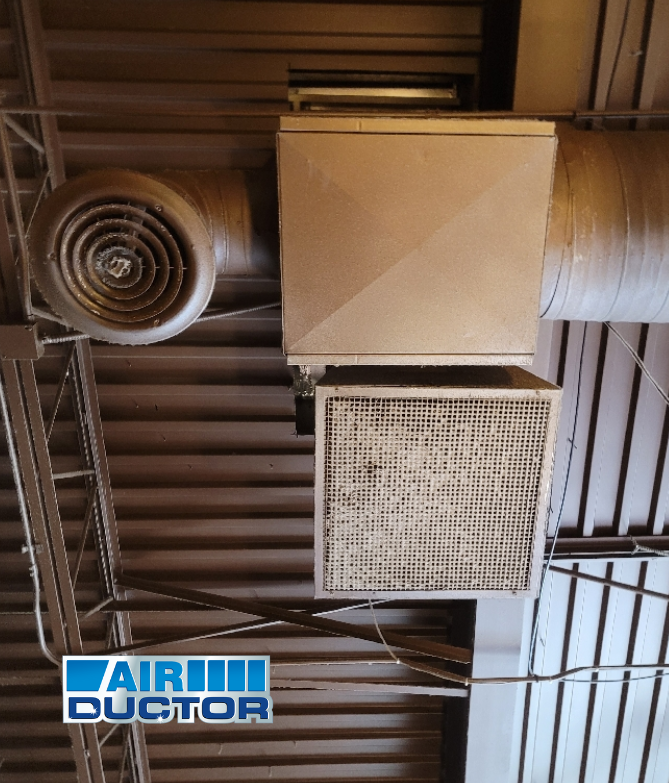
Have you ever noticed that you feel tired, stuffy, or get headaches while at work — but start to feel better once you leave?
You might be experiencing something known as Sick Building Syndrome (SBS).
This condition affects thousands of buildings across the country — from homes and offices to schools and healthcare facilities — and it’s often linked to poor indoor air quality. Let’s break down what Sick Building Syndrome is, why it happens, and how proper HVAC and air duct maintenance can help.
What Is Sick Building Syndrome?
According to the U.S. Environmental Protection Agency (EPA), Sick Building Syndrome describes a situation where people in a building experience health problems that seem connected to their time indoors — but no specific illness or contaminant can be pinpointed.
Common symptoms include:
- Headaches or dizziness
- Fatigue or difficulty concentrating
- Irritation of the eyes, nose, or throat
- Coughing, sneezing, or dry skin
- Feeling congested or short of breath
- Symptoms that improve when you leave the building
These symptoms can range from mild to disruptive, but they share one thing in common — they tend to disappear once you’re out of the building.
What Causes Sick Building Syndrome?
SBS doesn’t come from one single source. Instead, it’s usually a mix of several indoor environmental factors such as:
- Poor ventilation: When there isn’t enough fresh air circulating, indoor pollutants build up.
- Dust, debris, and allergens: Accumulation in ductwork and HVAC systems can spread contaminants throughout the building.
- Mold or moisture problems: Hidden mold growth in vents or insulation can release spores into the air.
- Chemical pollutants (VOCs): Cleaning supplies, paints, and building materials can release gases that affect air quality.
- Temperature and humidity extremes: Air that’s too hot, too cold, too dry, or too humid can make occupants feel unwell.
Essentially, Sick Building Syndrome is your building’s way of telling you that the air inside isn’t as clean or balanced as it should be.
The Hidden Role of Your HVAC System
Your HVAC system is the “lungs” of your building. It pulls in air, conditions it, and circulates it through the ductwork. Over time, that ductwork can collect dust, pet dander, pollen, and even microbial growth.
If these contaminants aren’t cleaned out, the system can end up recirculating polluted air
— spreading the very irritants that trigger Sick Building Syndrome symptoms.
In commercial buildings, poor maintenance can also lead to reduced airflow, meaning less fresh air exchange and higher concentrations of indoor pollutants.
Does Air Duct Cleaning Really Help?
Air duct cleaning can absolutely make a difference — especially when done as part of a full HVAC maintenance plan.
When performed by trained professionals, air duct cleaning:
- Removes dust, allergens, and debris that have built up inside the duct system.
- Improves airflow and ventilation, allowing your system to circulate cleaner, fresher air.
- Reduces odors and musty smells caused by accumulated dust or microbial growth.
- Supports better HVAC efficiency, which can lower energy use and reduce wear on your equipment.
It’s important to remember that duct cleaning alone isn’t a cure-all. If your building also has humidity problems, mold growth, or poor ventilation design, those issues need to be addressed as well.
Think of duct cleaning as a key piece of a healthy-air strategy, not the only step. The best approach includes:
- Regular HVAC maintenance and filter changes
- Proper ventilation testing
- Moisture and humidity control
- Checking for mold, leaks, or contamination sources
Together, these actions can drastically improve indoor air quality — and reduce the symptoms linked to Sick Building Syndrome.
Why It Matters for Building Owners and Managers
Poor indoor air quality doesn’t just affect comfort — it impacts productivity, health, and even property value.
Studies show that employees working in “sick buildings” have higher absenteeism rates and lower concentration levels. For homeowners, it can mean constant cleaning, persistent odors, or worsening allergies.
By investing in regular HVAC inspections and air duct cleaning, you’re investing in:
- Healthier air for everyone inside
- Longer equipment life and lower maintenance costs
- A more comfortable, efficient building environment
When Should You Schedule an Air Duct Cleaning?
You should consider professional duct cleaning if:
- You’ve recently completed construction or remodeling
- You notice visible dust blowing from vents
- There’s a persistent musty or moldy smell when the HVAC runs
- You see signs of mold or moisture near vents or ductwork
- It’s been several years since your last cleaning
Even if you’re not seeing major problems, a periodic inspection can catch small issues before they become major health or maintenance concerns.
Final Thoughts
Sick Building Syndrome is a real and growing concern — but the good news is, you can take action.
By maintaining your HVAC system, improving ventilation, and scheduling professional air duct cleaning, you help create a cleaner, healthier, and more comfortable space for everyone who walks through your doors.
A cleaner system means cleaner air — and a healthier building.
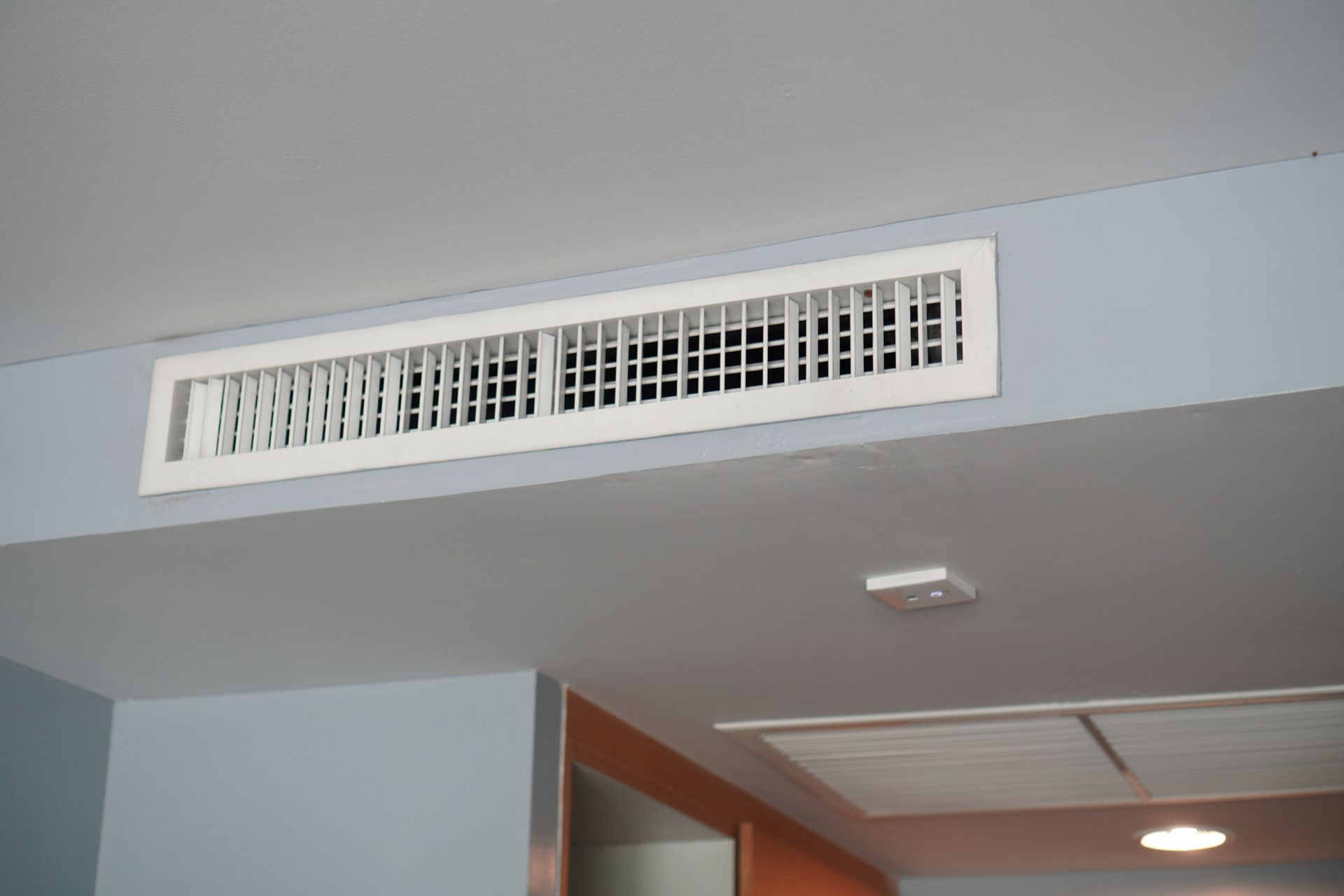
The U.S. Environmental Protection Agency (EPA) has finally acknowledged what NADCA has championed for decades: source removal is a key strategy for improving indoor air quality. In its newly released Indoor Air Quality (IAQ) fact sheet , the EPA outlines three core best practices: source control, improved ventilation, and effective filtration and air cleaning. For NADCA and its certified professionals, this isn’t new guidance; it’s long-overdue recognition of the standards and best practices we’ve built our entire industry around. Now is the moment to amplify that message. NADCA’s Science is Already Leading the Way As IAQ takes center stage in conversations about public health and building safety, NADCA is helping move the industry forward with science-based standards and field-tested methods. Our members don’t just follow best practices - they help define them. This moment is an opportunity to reinforce the role that NADCA professionals play in delivering healthier indoor environments. Here’s how we support each of the EPA’s key strategies: Source Control - NADCA has long led the charge in advocating for source removal cleaning, the most effective method for eliminating contaminants inside HVAC systems. This approach is central to ACR, the NADCA Standard, which provides detailed protocols for identifying and removing dust, debris, and microbial growth. The EPA highlights source control as the first and most important step in improving IAQ (a practice that NADCA has recognized and implemented industry-wide for more than 35 years). Improved Ventilation - Clean ductwork enables HVAC systems to operate efficiently, ensuring that fresh air can circulate freely throughout a building. NADCA-certified professionals are trained to evaluate system airflow, identify restrictions, and offer solutions that improve ventilation and air exchange, which are key components of a healthier indoor space. Filtration and Air Cleaning - When HVAC systems are dirty, even the best filters can’t perform effectively. Cleaning the system helps restore filtration efficiency, reduces the chance of particle bypass, and supports the overall performance of air cleaning systems. NADCA’s training addresses this dynamic directly, equipping professionals with the knowledge to make filtration more effective through system hygiene. Standards Built on Science and Experience NADCA’s credibility in this space is rooted in science, continuous education, and real-world application. ACR, the NADCA Standard, is maintained by a committee of subject matter experts and grounded in research, collaboration with affiliated standard-writing organizations, and decades of field experience. NADCA also invests in studies that examine the impact of clean HVAC systems on airflow, energy efficiency, and occupant health. These efforts help ensure our standards evolve with the science, keeping NADCA members at the forefront of indoor environmental health. A Shared Mission for Cleaner Air While the EPA fact sheet brings welcome national attention to IAQ, NADCA’s work has been building toward this moment for years. As industry professionals, we all share the same goal: to create healthier indoor environments where people live, work, and learn. NADCA is proud to have a voice in this space by advancing standards, educating the public, and empowering our members to deliver on the promise of cleaner air. Together with public health leaders, HVAC professionals, and building managers, we’re making indoor air quality a priority and delivering scientific results that back common-sense practices.
